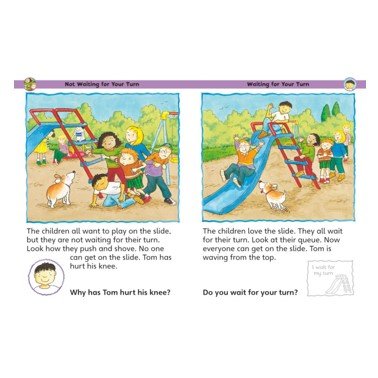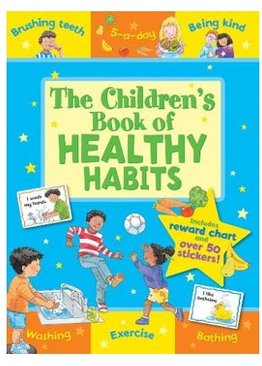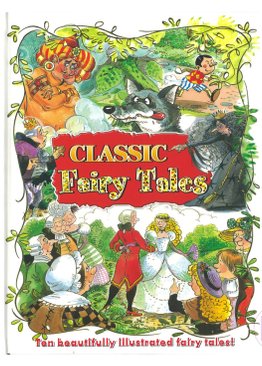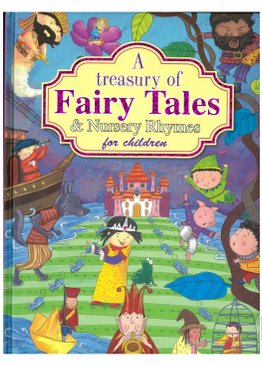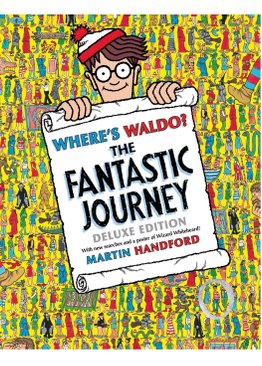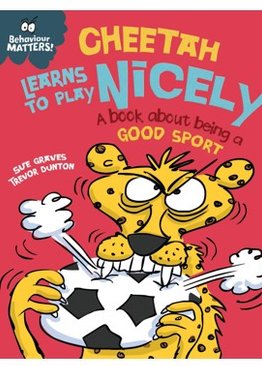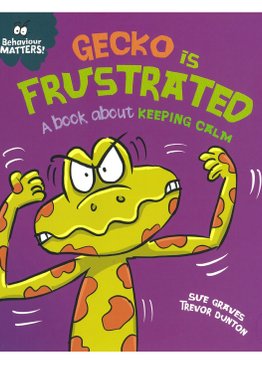The Children's Book of Manners
Clear illustrations demonstrate good and bad behaviors as you read a scenario. But wait, there's more!
First of all, you are following a small class of children and get to know them by name. This is important since each situation asks the reader how the naughty behavior affected the others. It's not just you that your behavior affects " what a valuable lesson! Oh, and these are British children, so there are few vocabulary words like bin or queue that may garner a question from your kiddos. The children resolve their issues as you see how they could have prevented someone getting physically or emotionally hurt through colorful illustrations. It's a what to do/what not to do' that makes the message very clear.
Now it's time to participate! A question at the bottom of each page asks the reader questions about the children in the book and about their own behavior. How is Dan being rude? Do you say thank you?' If you say thank you, you get to place a sticker after the question (14 behavior stickers included). Now, your child gets to show you that he/she really understood the message in the book.
A colorful behavior chart (11.5x9) comes out of the back cover and 40 adorable gold star stickers (many with faces and accolades) can be used on the chart to reward agreed-upon behaviors. It's all very straight forward and relatable to the children. Specifically you will see: say sorry, share toys, say please, be quiet, be kind, say thank you, hold door open, tidy your room, listen, play safely, put away trash and generally use good manners.
Clear illustrations demonstrate good and bad behaviors as you read a scenario. But wait, there's more!
First of all, you are following a small class of children and get to know them by name. This is important since each situation asks the reader how the naughty behavior affected the others. It's not just you that your behavior affects " what a valuable lesson! Oh, and these are British children, so there are few vocabulary words like bin or queue that may garner a question from your kiddos. The children resolve their issues as you see how they could have prevented someone getting physically or emotionally hurt through colorful illustrations. It's a what to do/what not to do' that makes the message very clear.
Now it's time to participate! A question at the bottom of each page asks the reader questions about the children in the book and about their own behavior. How is Dan being rude? Do you say thank you?' If you say thank you, you get to place a sticker after the question (14 behavior stickers included). Now, your child gets to show you that he/she really understood the message in the book.
A colorful behavior chart (11.5x9) comes out of the back cover and 40 adorable gold star stickers (many with faces and accolades) can be used on the chart to reward agreed-upon behaviors. It's all very straight forward and relatable to the children. Specifically you will see: say sorry, share toys, say please, be quiet, be kind, say thank you, hold door open, tidy your room, listen, play safely, put away trash and generally use good manners.


